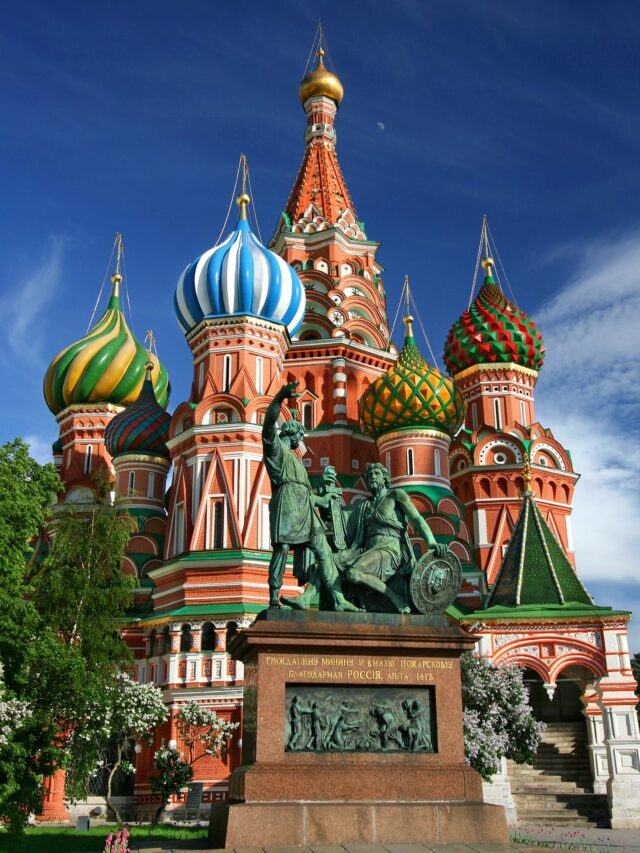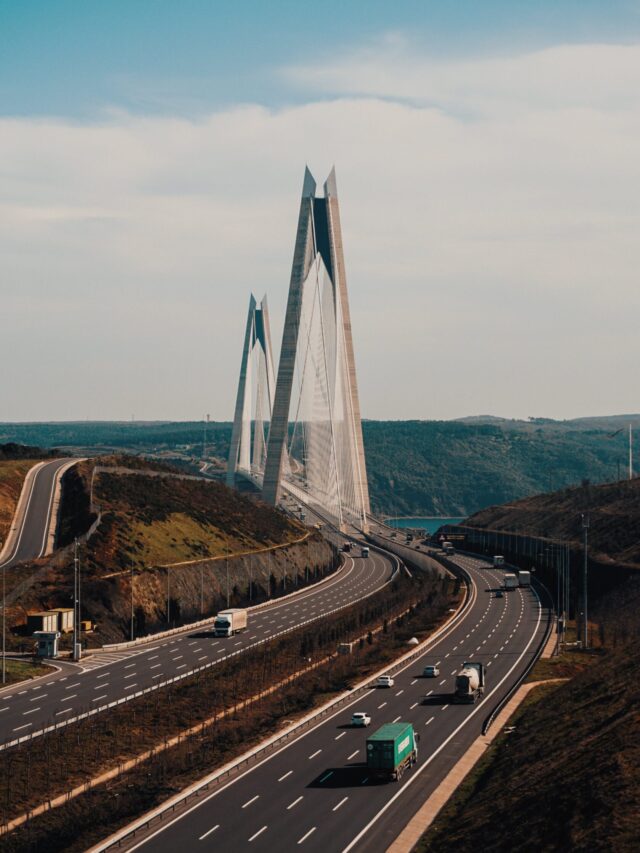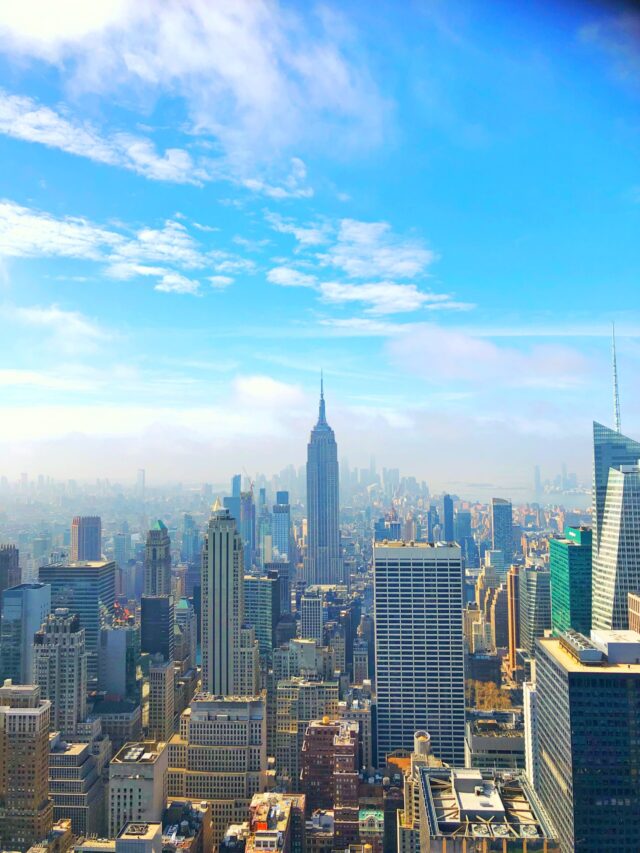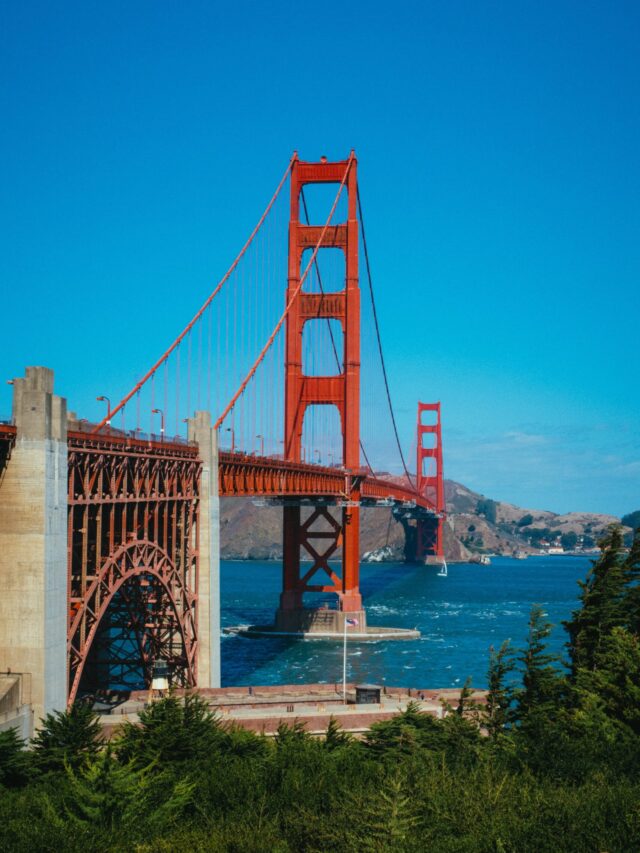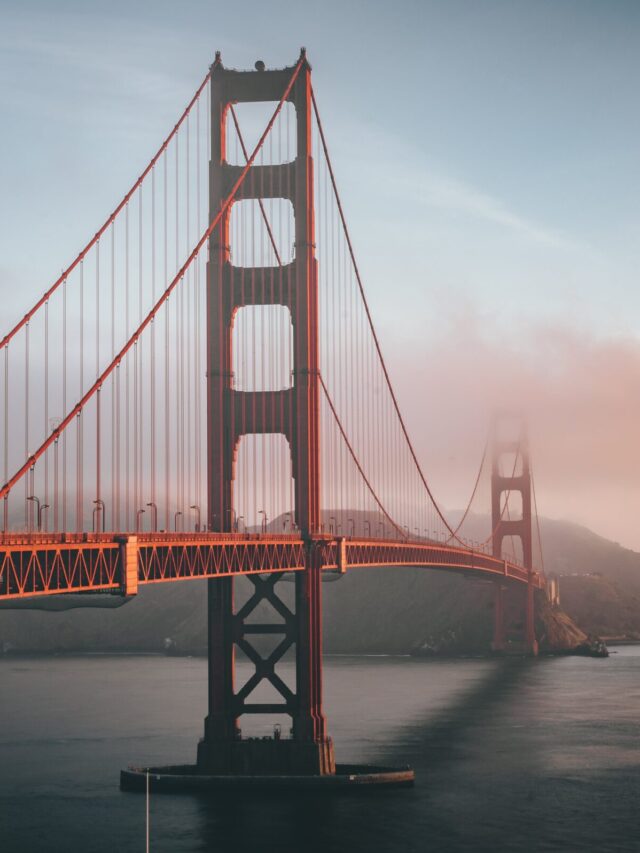How Deep is the Mariana Trench?
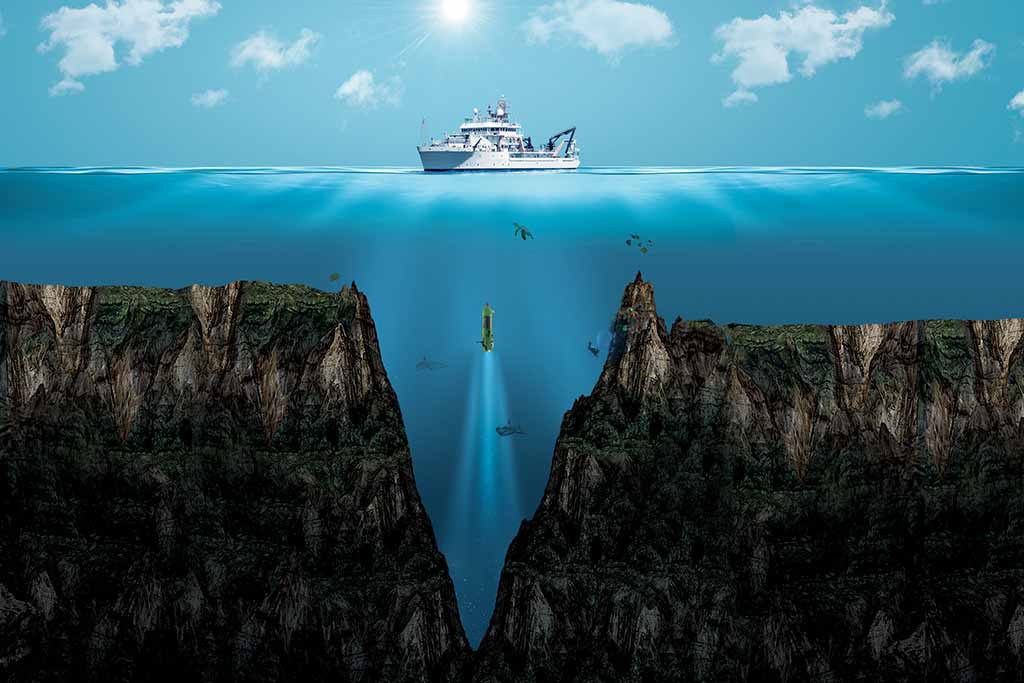
Do you know how Deep is the Mariana Trench? You can’t even imagine. Let’s dive in to the topic.
The Mariana Trench, located in the western Pacific Ocean, is the deepest part of the world’s oceans. It’s named after the nearby Mariana Islands and is considered one of the most mysterious and extreme environments on Earth. Let’s dive deep into its fascinating details.
Depth of the Mariana Trench
The Mariana Trench reaches a mind-boggling depth of about 36,000 feet (10,994 meters) at its deepest point, known as the Challenger Deep. To put this into perspective, if you were to place Mount Everest, the tallest mountain in the world at 29,032 feet (8,848 meters), into the Mariana Trench, its peak would still be over a mile underwater!
Measurements and Exploration
Measuring the depth of the trench has been a challenge throughout history due to the difficulty of navigating and the remoteness of the area. In 1951, the British survey ship HMS Challenger II used echo-sounding technology to measure the trench and discovered the deepest point, which was named “Challenger Deep” in honor of the vessel.
Later explorations confirmed the depth, with modern instruments providing even more precise readings. In 2012, James Cameron, the famous filmmaker, became the first person to make a solo dive into the Challenger Deep using a specially designed submersible called the Deepsea Challenger. The dive reached a depth of 35,787 feet (10,908 meters), marking an important milestone in deep-sea exploration.
In more recent expeditions, remotely operated vehicles (ROVs) and autonomous underwater vehicles (AUVs) have been used to explore and map the trench in unprecedented detail. One such mission was conducted in 2020 by Victor Vescovo, who made a manned descent to Challenger Deep, setting a record for the deepest manned dive.
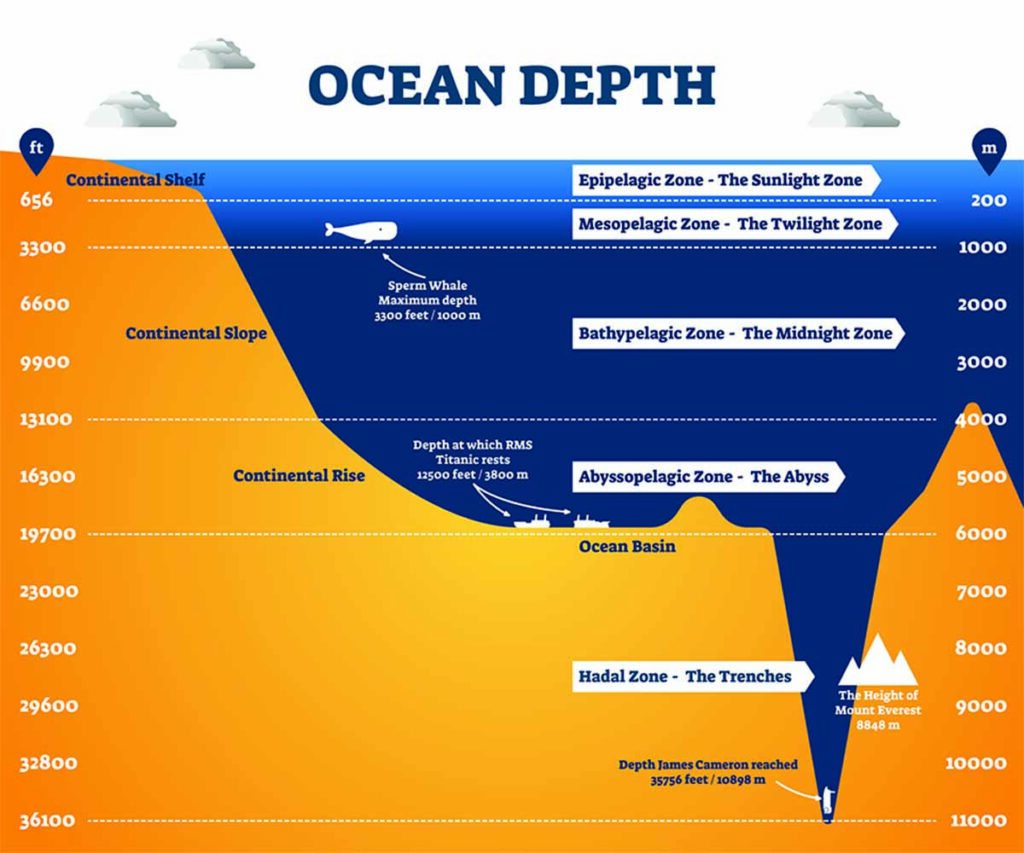
Formation of the Mariana Trench
The trench was formed by a process called subduction, where two tectonic plates collide, and one plate is forced under the other into the Earth’s mantle. The Pacific Plate, which is slowly moving westward, is being pushed beneath the smaller Mariana Plate. This geological activity causes the seafloor to buckle and form deep oceanic trenches like the Mariana.
Subduction is responsible for the extreme depth of the trench, but it also generates seismic and volcanic activity in the region, contributing to the formation of the nearby Mariana Islands.
Conditions in the Trench
The conditions in the Mariana Trench are incredibly harsh. The pressure at the deepest point can reach over 1,000 times the atmospheric pressure at sea level, which is about 8 tons per square inch. For context, this pressure is equivalent to the weight of about 50 jumbo jets stacked on top of you!
Despite these extreme pressures, the temperatures are near freezing, ranging between 1°C to 4°C (34°F to 39°F). The crushing darkness (no sunlight penetrates beyond a few hundred meters) and inhospitable conditions make the trench an alien world, yet life still manages to thrive.
Life in the Mariana Trench
Even though the Mariana Trench is one of the most extreme environments on Earth, it is home to a variety of organisms, many of which are adapted to survive under high pressure, low temperatures, and complete darkness. Some of the life forms discovered in the trench include:
- Amphipods: Tiny, shrimp-like creatures that can withstand extreme pressures.
- Xenophyophores: Large, single-celled organisms that play a role in filtering nutrients from the sediment.
- Hadal snailfish: One of the deepest-living fish species, adapted to survive crushing pressures.
- Bacteria: Chemosynthetic bacteria live near hydrothermal vents and cold seeps, feeding on chemicals instead of sunlight.
- Giant amoeba: Found as deep as 36,000 feet, these single-celled organisms are remarkably large and survive in complete darkness.
The discovery of life in the deepest parts of the ocean continues to intrigue scientists and raise questions about the limits of life on Earth and even on other planets or moons, like Europa, one of Jupiter’s icy moons believed to have a subsurface ocean.
Significance of the Mariana Trench
The Mariana Trench isn’t just a geographical wonder—it holds immense scientific significance. It helps researchers understand the limits of life on Earth, offering insights into how organisms adapt to extreme conditions. Studying the trench also provides clues to Earth’s geologic processes, such as plate tectonics, earthquake generation, and the carbon cycle.
Additionally, exploration of the trench has economic and environmental implications. The deep ocean is believed to hold significant mineral resources, including precious metals like gold, silver, and manganese, that could be extracted in the future. However, any such efforts would need to be carefully balanced with concerns about the environmental impact on these unique ecosystems.
Frequently Asked Questions (FAQs)
Q1: How deep is the Mariana Trench in miles?
The Mariana Trench reaches a depth of approximately 6.8 miles (10.994 kilometers) at its deepest point, the Challenger Deep.
Q2: Why is it called the Mariana Trench?
The trench is named after the nearby Mariana Islands, which are located just east of the trench. The name was given in the 19th century, and it stuck through subsequent explorations.
Q3: Has anyone ever been to the bottom of the Mariana Trench?
Yes, several people have reached the bottom of the Challenger Deep. The first manned descent was made by Don Walsh and Jacques Piccard in 1960 aboard the bathyscaphe Trieste. In 2012, filmmaker James Cameron made a solo dive, and in 2020, Victor Vescovo set a new record for the deepest manned dive.
Q4: How does pressure at the bottom of the Mariana Trench compare to sea level?
At the bottom of the Mariana Trench, the pressure is over 1,000 times greater than at sea level. The pressure can reach about 15,750 psi (pounds per square inch), which is enough to crush most submarines not specifically designed for such depths.
Q5: Can any fish live in the Mariana Trench?
Yes, some species of fish can live in the trench, including the Hadal snailfish. These fish have evolved special adaptations to survive in the extreme pressure and cold temperatures found in the trench’s depths.
Q6: What is the Challenger Deep?
The Challenger Deep is the deepest known point of the Mariana Trench and the world’s oceans. It’s located at a depth of about 36,000 feet (10,994 meters) and was named after the HMS Challenger expedition that first measured the trench in 1951.
Q7: How was the Mariana Trench formed?
The trench was formed through a process called subduction, where one tectonic plate (the Pacific Plate) is forced beneath another (the Mariana Plate) and pushed down into the Earth’s mantle, creating a deep underwater canyon.
Q8: Are there any animals living deeper than the Challenger Deep?
While the Challenger Deep is the deepest known point, researchers have discovered bacteria and some forms of life in samples taken from the sediment at the very bottom. These organisms are adapted to survive in extreme conditions.
Q9: Could humans survive the pressure in the Mariana Trench?
Humans cannot survive the extreme pressure of the Mariana Trench without the protection of specially designed submersibles. The pressure at such depths would be instantly fatal to an unprotected human.


